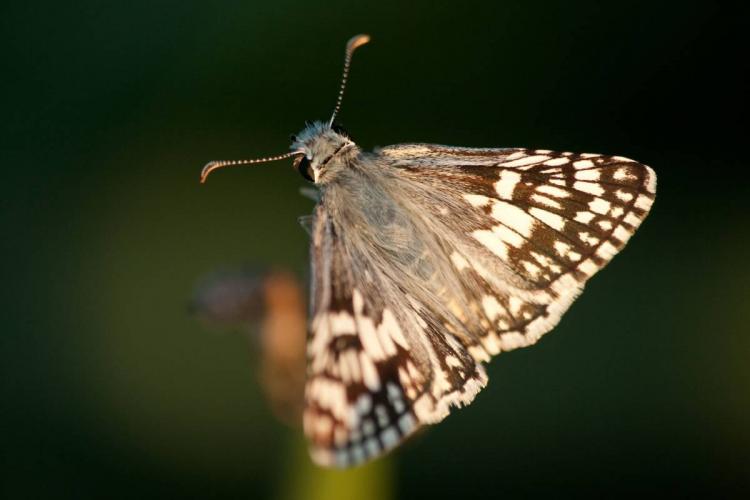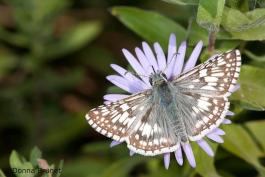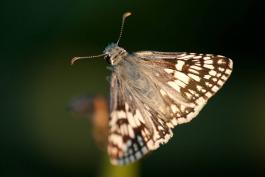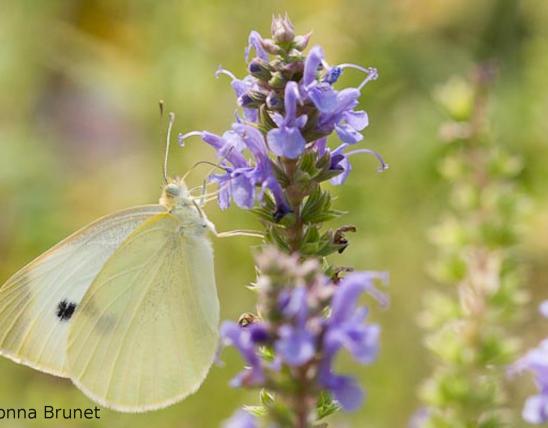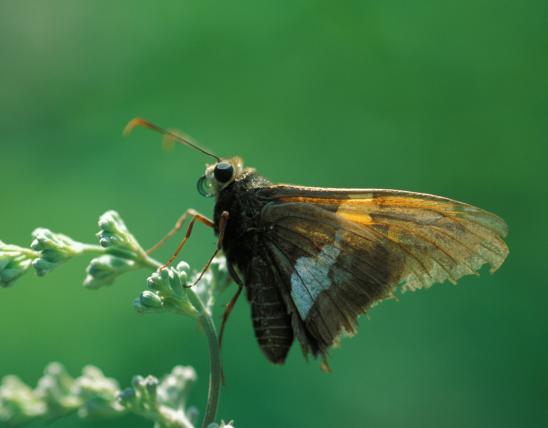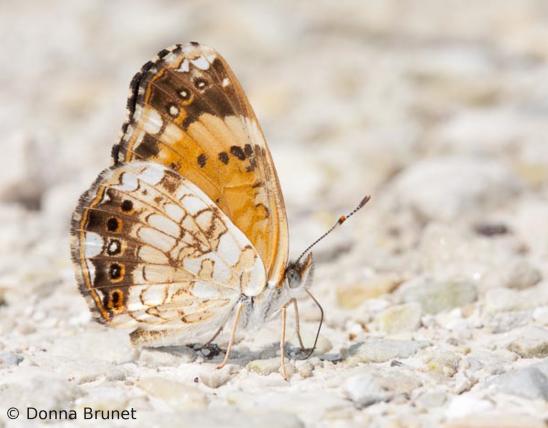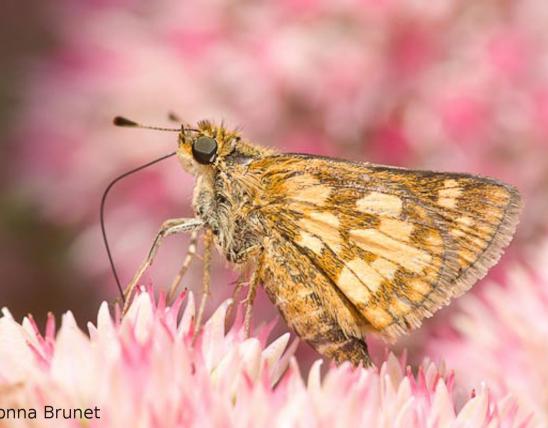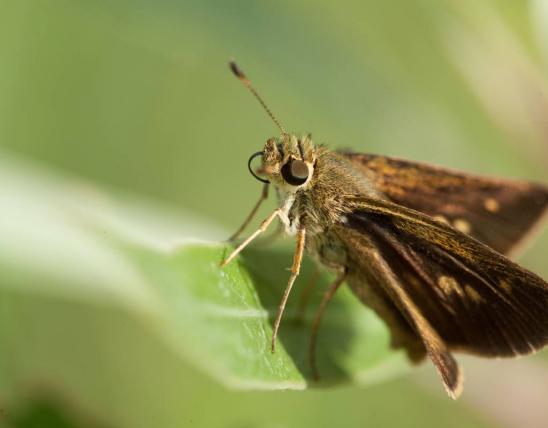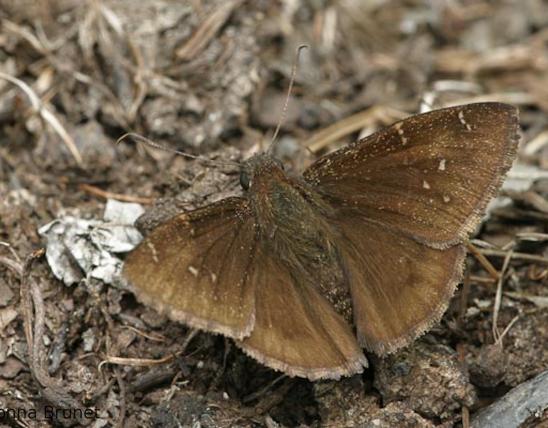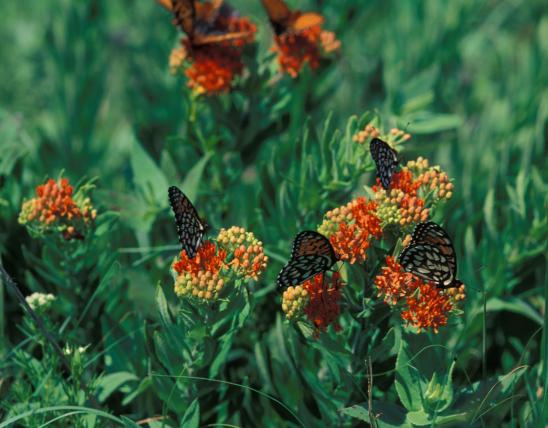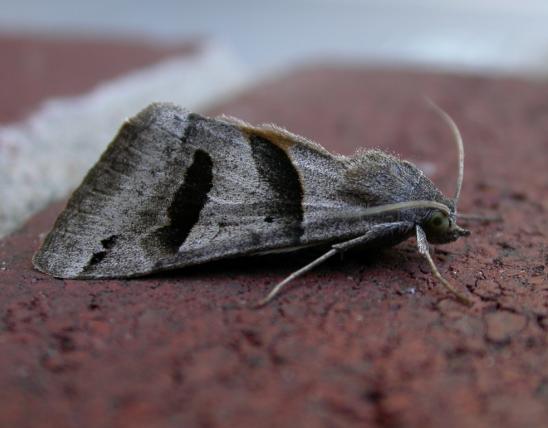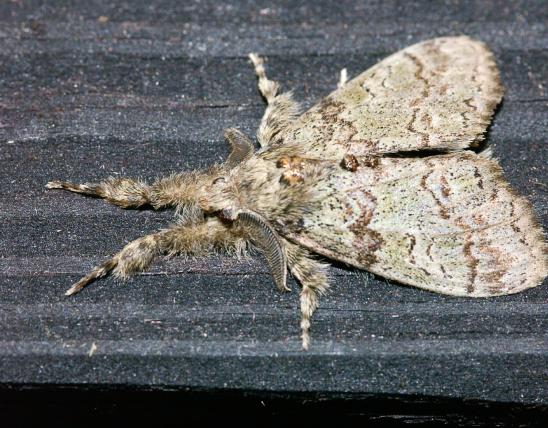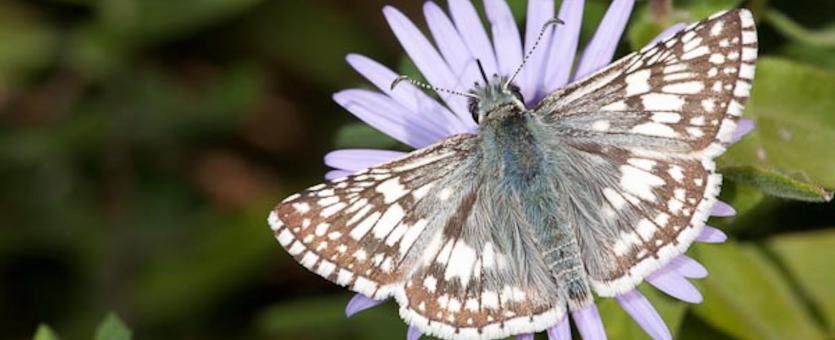
The common checkered skipper is the only checkered skipper in Missouri: The white and black checkered pattern makes this a simple identification. Males tend to have larger white spots than females and have bluish hairs near the body, but the patterns are virtually identical. The lower side has a white and brown checkered pattern.
As a spread-winged skipper, this species most often rests with all four of the wings held out flat to the side.
Larvae are green, enlarged in the middle, tapering toward the end, covered with white hairs. Head and first segment of thorax brownish-black.
Similar species: You can distinguish skippers from other butterflies and from moths by their hook-tipped antennae, chunky, short bodies, and fast, darting, skipping flight. This is Missouri's only skipper with this white and black checkered pattern.
Wingspan: 1–1½ inches.
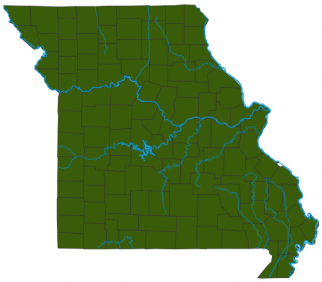
Statewide.
Habitat and Conservation
This species can live in disturbed habitats, gardens, vacant lots, old fields, roadsides, and most other open spaces. It prefers areas with low vegetation and some bare soil. The numbers gradually increase as the season progresses, and they can be locally abundant by late summer. They sometimes gather in large numbers on lake shores and at mud puddles. Adults visit a variety of flowers.
Food
Larvae feed on both wild and cultivated plants in the mallow family, including hollyhock and hibiscus. Caterpillars fold over leaves to create a shelter for themselves while they eat. Adults drink nectar from a variety of flowers, including members of the sunflower family, clovers, and more.
Status
Breeding resident.
Life Cycle
Adults fly from March into November, with numbers increasing toward the end of the flight season. Females lay eggs singly on leaf tops and buds of suitable host plants. This species overwinters as fully grown caterpillars, which pupate and emerge as adults in early spring. They cannot survive harsh winters, and they probably cannot overwinter north of the 40th parallel (the boundary between Kansas and Nebraska).
Human Connections
The caterpillars of this species can eat foliage of some cultivated mallows, including hibiscus, hollyhocks, and relatives. Their numbers rarely (if ever) get out of hand, and their presence should be tolerated and enjoyed.
Ecosystem Connections
The caterpillars are herbivores that graze on vegetation. The adults serve a role in pollination. All stages provide food for predators.

